15 Red Flags That Signal An Italian Restaurant Isn’t Truly Authentic
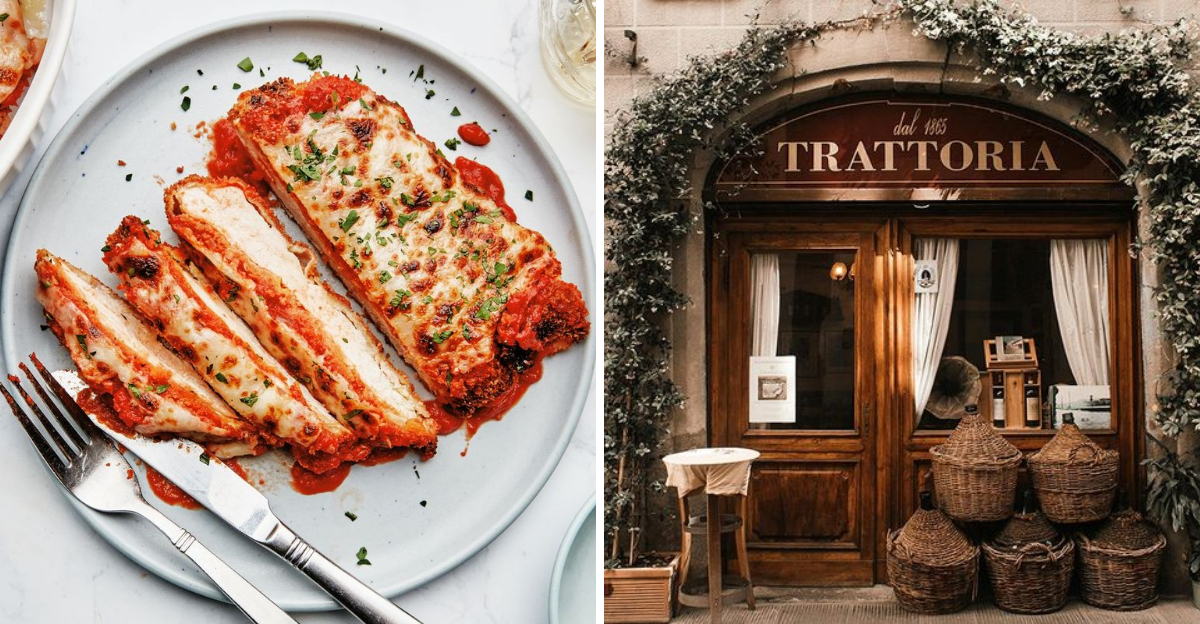
Discovering an authentic Italian restaurant can be a delightful experience, but it’s essential to recognize signs that might indicate otherwise. In this article, we uncover 15 red flags that suggest a restaurant may not be truly Italian. From menu choices to decor, these clues will help you discern authentic from faux Italian dining spots.
1. Spaghetti and Meatballs as the Star Dish
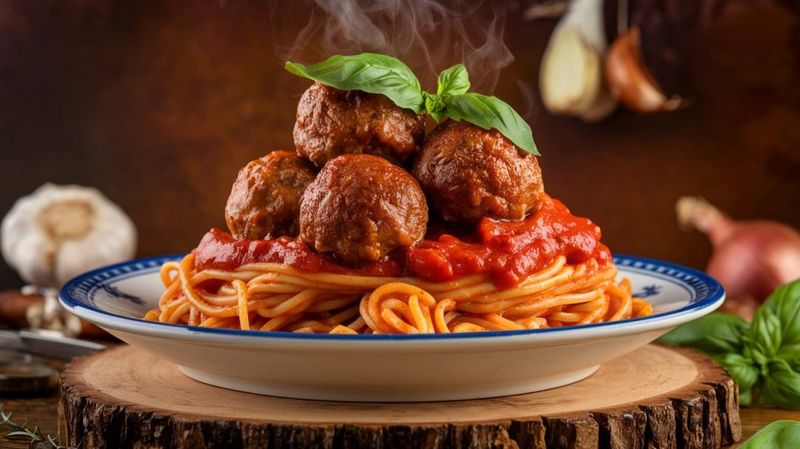
Spaghetti and meatballs is a classic dish, but not for authentic Italian cuisine. In Italy, meatballs are rarely served with pasta; they’re often a standalone dish. While delicious, this combination is more Italian-American than genuinely Italian. If it’s the star of the menu, consider it a nod to American preferences.
Authentic Italian restaurants focus on regional specialties, not Americanized versions. The presentation of this dish may appeal to those unfamiliar with traditional Italian dining. Recognizing this distinction is key to understanding the culinary culture. Simply put, meatballs on pasta is not the Italian way.
2. Menu Has Fettuccine Alfredo
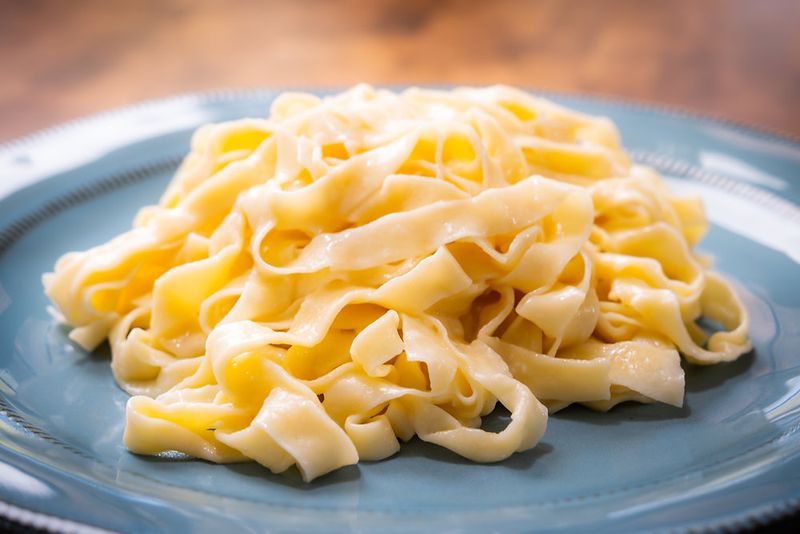
Fettuccine Alfredo, as known in America, is not a staple in Italy. While it has its origins in Rome, the version commonly found in the U.S. is quite different. In Italy, pasta dishes are simpler, usually tossed with butter and cheese without the heavy cream sauce.
If this dish is front and center on the menu, the restaurant might lean more towards American tastes than authentic Italian cooking. This distinction is important for those seeking a genuine Italian culinary experience. Understanding this variation can help diners choose the most authentic dishes.
3. Too Many Dishes from Too Many Regions
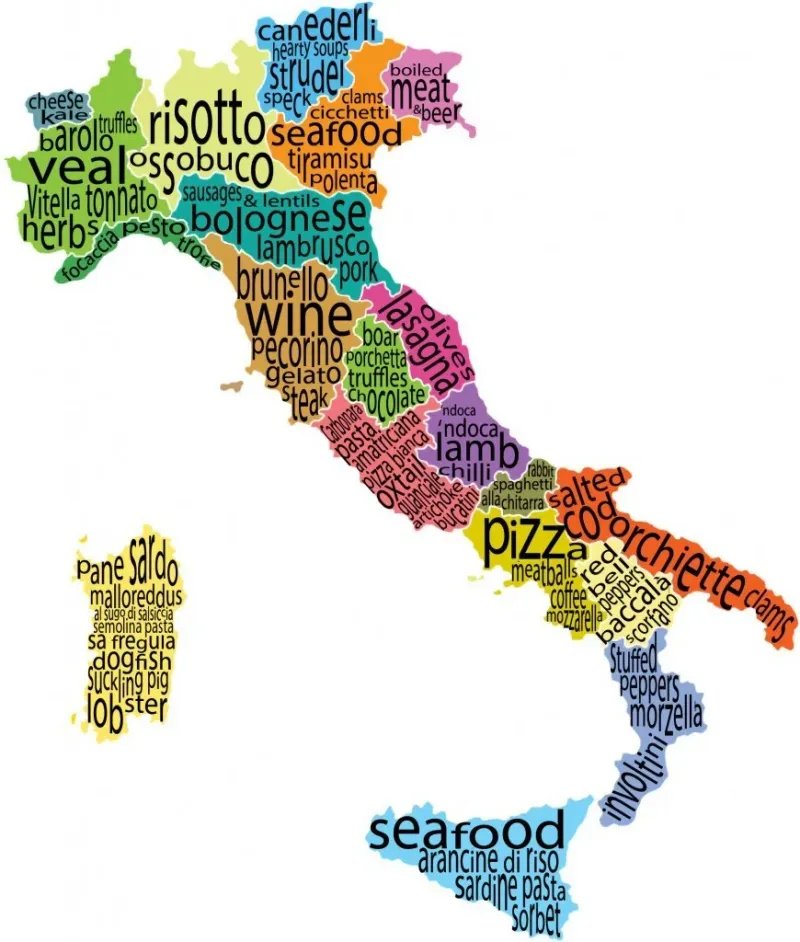
Authentic Italian restaurants often specialize in a specific region’s cuisine. If a menu features dishes from Naples, Milan, Tuscany, and more all at once, it’s a sign the restaurant may not be deeply rooted in traditional practices.
This eclectic mix can confuse the essence of what makes each regional cuisine unique. True Italian eateries pride themselves on mastering the flavors of a particular area. A menu jumping from region to region lacks the focus and expertise of authentic Italian dining.
Seek out places that highlight specific regional specialties for a genuine experience.
4. No Italian Spoken by the Staff
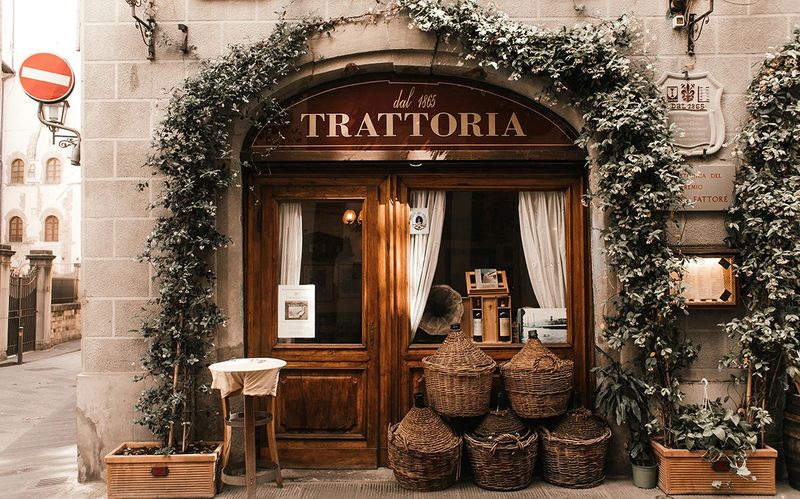
Language can be a powerful indicator of authenticity. While it’s not necessary for every staff member to speak Italian, hearing it spoken in the kitchen or by front-of-house staff is often a good sign of genuine Italian roots.
This linguistic connection adds to the dining experience, immersing patrons in Italian culture. It’s not about elitism; it’s about embracing authenticity. In places where nobody speaks Italian, you might find a lack of connection to genuine Italian culinary traditions.
Consider the language an ingredient in your dining decision-making process, enhancing the overall experience.
5. Unlimited Bread and Butter

In Italy, bread serves a purpose at the table but isn’t the main attraction. Typically, it’s served without butter and not endlessly refilled. Bread complements the meal rather than being a standalone course.
The American practice of unlimited bread and butter is more about hospitality than Italian tradition. It may fill you up before the main event, overshadowing the flavors of the meal.
Recognizing this difference is crucial for those seeking authentic Italian dining. Bread in Italy plays a supporting role, accentuating rather than dominating the dining experience.
6. Chicken Parmesan on the Menu

Chicken Parmesan is a beloved dish, but it’s not authentically Italian. You won’t find it in a traditional Italian trattoria. Its creation has roots in Italian-American cuisine, catering to tastes developed abroad.
While tasty, chicken Parmesan diverges from Italian culinary principles. It’s a variation that thrived in the American dining scene, offering flavors that differ from Italian traditions. An authentic Italian restaurant is unlikely to feature this dish prominently.
For those seeking genuine Italian fare, look for meals that adhere to traditional recipes and ingredients, avoiding Italian-American hybrids.
7. Pizza Loaded with Toppings

Authentic Italian pizza is a masterpiece of simplicity. It focuses on a few quality ingredients, allowing each to shine. If a pizza is overloaded with toppings, it’s more reflective of American preferences.
Italian pizza celebrates balance and harmony, with a thin crust and a careful selection of toppings. The minimalist approach creates a unique taste experience, distinct from the heavily-loaded versions found elsewhere.
When assessing authenticity, consider the pizza’s presentation. A less-is-more philosophy usually indicates a closer adherence to Italian traditions, celebrating simplicity and quality.
8. Overcomplicated Pasta Dishes

Simplicity reigns in authentic Italian pasta dishes. Overcomplicated recipes with multiple proteins and rich cream sauces might be trying too hard. True Italian cooking emphasizes flavor through simplicity and fresh ingredients.
This approach allows the natural taste of each component to stand out, creating a harmonious dish. The elegance lies in the restraint, not in packing everything into one plate.
For those seeking genuine Italian cuisine, less is often more. Authentic pasta dishes reflect a tradition of culinary wisdom, focusing on quality rather than complexity.
9. Heavy Garlic in Everything
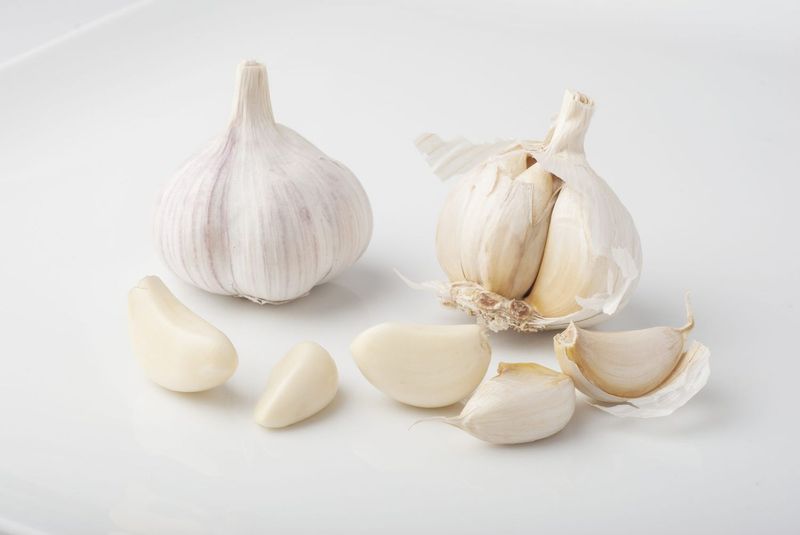
Garlic is cherished in Italian cooking, but it’s used with care. If every bite overwhelms with garlic, it may signal a departure from authentic practices. Balance is key in Italian cuisine, where garlic enhances rather than overpowers.
This restraint allows other flavors to emerge, creating a well-rounded dish. Excessive garlic can overshadow the culinary subtleties that define Italian cooking.
Recognizing this balance helps diners appreciate the nuanced flavors of true Italian fare. Subtlety and moderation are the hallmarks of authenticity, where garlic plays a supporting role.
10. Pasta Served with Side Salad
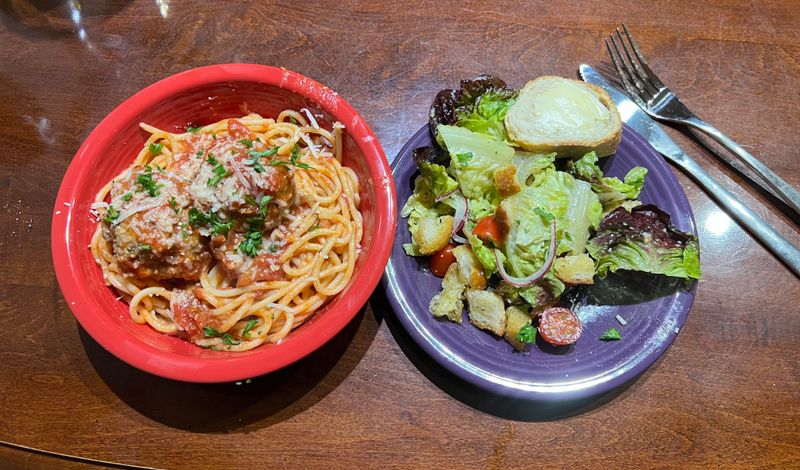
In Italy, pasta and salad are not typically served together. A side salad accompanying pasta is more reflective of American dining customs. Italian meals often follow a specific sequence, with salad as a separate course.
This distinction highlights the importance of tradition in Italian dining. Each course is meant to be savored individually, allowing flavors to be fully appreciated.
For those seeking to experience true Italian culinary traditions, understanding the course structure is essential. Pasta and salad served together may indicate a deviation from authentic practices.
11. No Seasonal Specials

Authentic Italian chefs take pride in cooking with the seasons. A menu that never changes might not be utilizing fresh, local ingredients. Seasonal specials reflect a commitment to quality and tradition.
This approach celebrates nature’s bounty, offering dishes that resonate with the time of year. The absence of seasonal specials can signal a lack of adherence to genuine Italian culinary principles.
For diners seeking authenticity, a menu that evolves with the seasons often signifies a kitchen deeply connected to Italian traditions. Embrace the changing offerings for a true taste of Italy.
12. All Wines Are Generic or Non-Italian

Authentic Italian restaurants showcase Italian wines, even the lesser-known regional ones. A wine list dominated by generic or non-Italian selections might indicate a lack of commitment to genuine Italian traditions.
Wine is an integral part of Italian dining, enhancing the flavors of the food. A thoughtfully curated selection reflects the restaurant’s dedication to authenticity.
For those seeking a true Italian experience, the wine list is a crucial element. It can reveal much about the restaurant’s connection to Italian culture and culinary excellence.
13. Everything Comes with Cheese

Cheese is beloved in Italy but not indiscriminately used on everything. Many dishes, particularly seafood pastas, are enjoyed without cheese.
This thoughtful application ensures flavors are balanced, respecting traditional recipes. Overusing cheese can mask the natural taste of a dish.
Understanding this nuance is key to appreciating authentic Italian cuisine. Cheese should complement, not dominate, allowing the dish’s true essence to shine. For those seeking genuine Italian fare, consider the judicious use of cheese as a marker of authenticity.
14. They Serve “Italian Dressing”

The tangy bottled “Italian dressing” is an American invention. In Italy, salads are typically dressed with olive oil and vinegar, nothing more.
This simple combination highlights the natural flavors of the ingredients, staying true to Italy’s culinary ethos. The presence of commercial Italian dressing might signal a departure from authentic practices.
For those seeking authenticity, the dressing choice can reveal much about the restaurant’s adherence to tradition. Embrace the simplicity of olive oil and vinegar for a true taste of Italian dining.
15. The Decor Screams Olive Garden
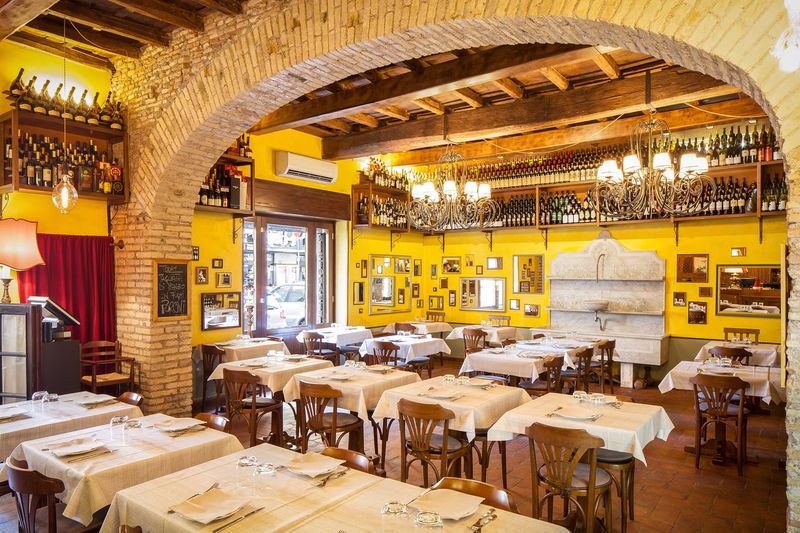
Decor can be a telling sign of authenticity. Plastic grapes, murals of Rome, and checkered tablecloths often suggest a stereotypical rather than genuine Italian atmosphere.
Authentic spots tend to keep things understated and homey, focusing on a warm and inviting ambiance. The decor should reflect the essence of Italian culture without resorting to clichés.
For those seeking a true Italian experience, the environment plays a role in immersing diners in authenticity. Look beyond the stereotypes for a dining experience that captures the soul of Italy.
